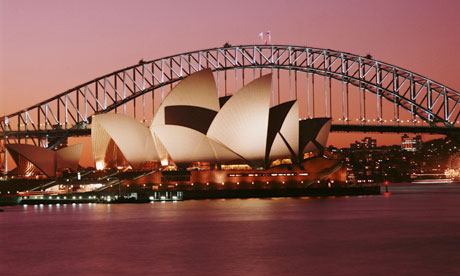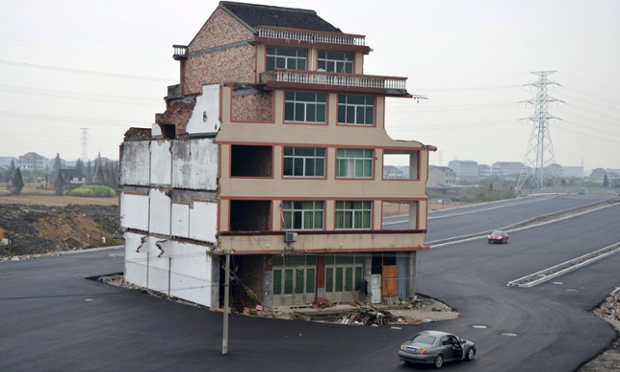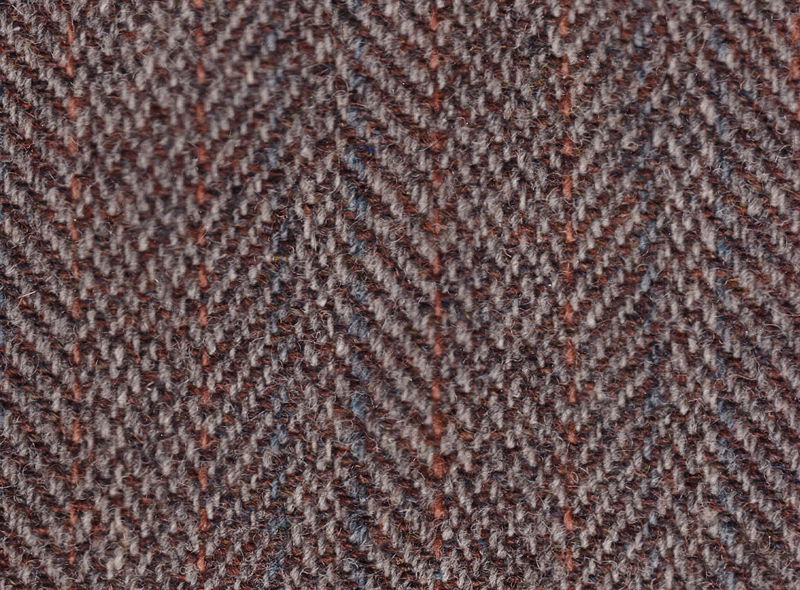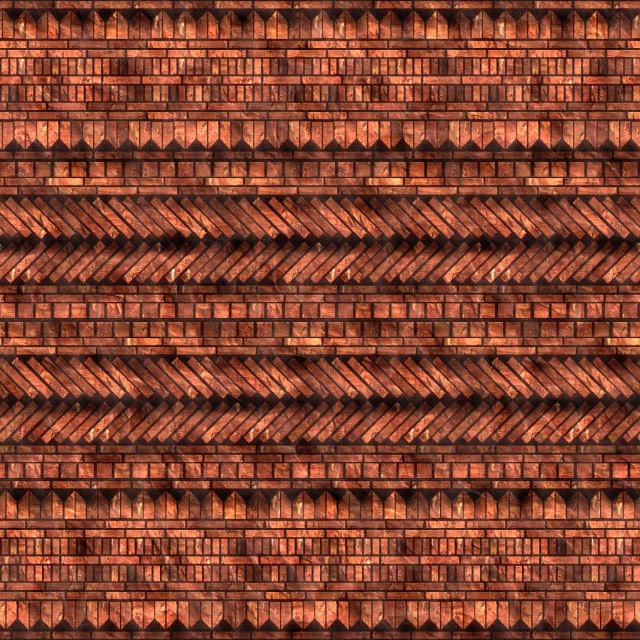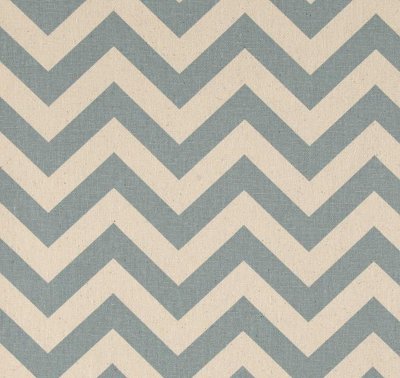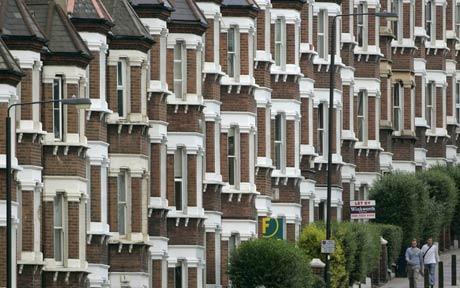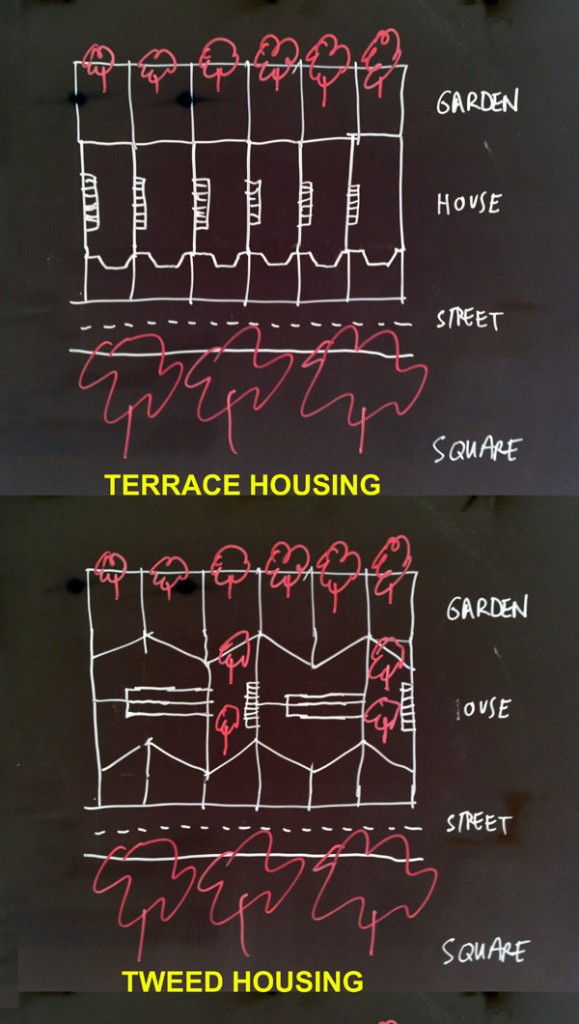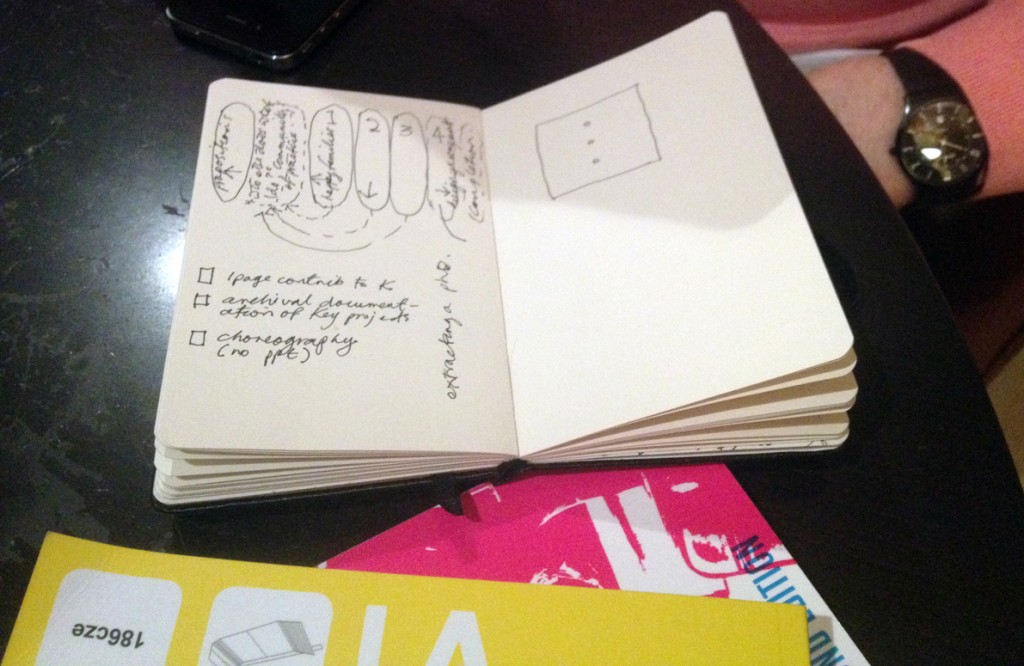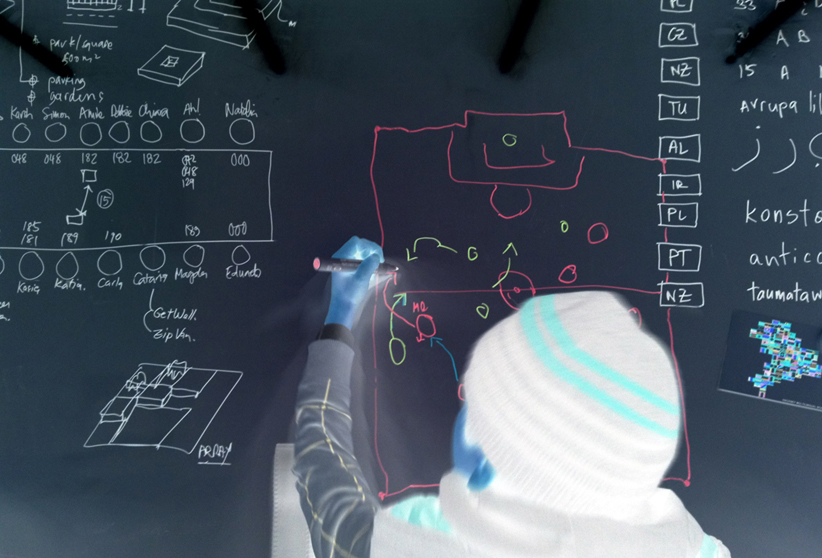Jon Copestake, editor of the index, said one of the most notable changes was the rising costs in
Australia, with Sydney third in the list and Melbourne fifth. Sandwiched between them was Oslo. “Ten years ago there were no Australian cities in the top 50 and I have not seen this sort of climb with any other cities,” Copestake said. “But economic growth has supported inflation, and the strength of the Australian dollar against other currencies besides the US dollar has driven up costs. Visitors will certainly feel the difference and people living there will have noticed prices have crept up.”
The survey is based on costs of more than 160 items ranging from food and clothing to domestic help, transport and utilities. Also featured in the 2013 top 10 were Singapore, Paris, Caracas and Geneva. London moved up one place to 16. Asia and Australasia may have 11 of the 20 most expensive cities, but they are also home to six of the 10 cheapest. Mumbai and Karachi were the joint cheapest locations in the survey, followed by New Delhi, Kathmandu and Algiers. Referring to India and its forecasts for growth, the EIU said: “Income inequality means that household spending levels are low on a per capita basis, which has kept prices down, especially by western standards.”
The 10 most expensive cities in the world
1. Tokyo, Japan (+1 place)
2. Osaka, Japan (+1)
3. Sydney, Australia (+4)
4=. Oslo, Norway (+1)
4=. Melbourne, Australia (+4)
6. Singapore (+3)
7. Zurich, Switzerland (-6)
8. Paris, France (-2)
9. Caracas, Venezuela (+25)
10. Geneva, Switzerland (-7)
The 10 least expensive cities in the world
1=. Karachi, Pakistan
1=. Mumbai, India
3. Delhi, India
4. Kathmandu, Nepal
5=. Algiers, Algeria
5=. Bucharest, Romania
7. Colombo, Sri Lanka
8. Panama City, Panama
9. Jeddah, Saudi Arabia
10. Tehran, Iran




